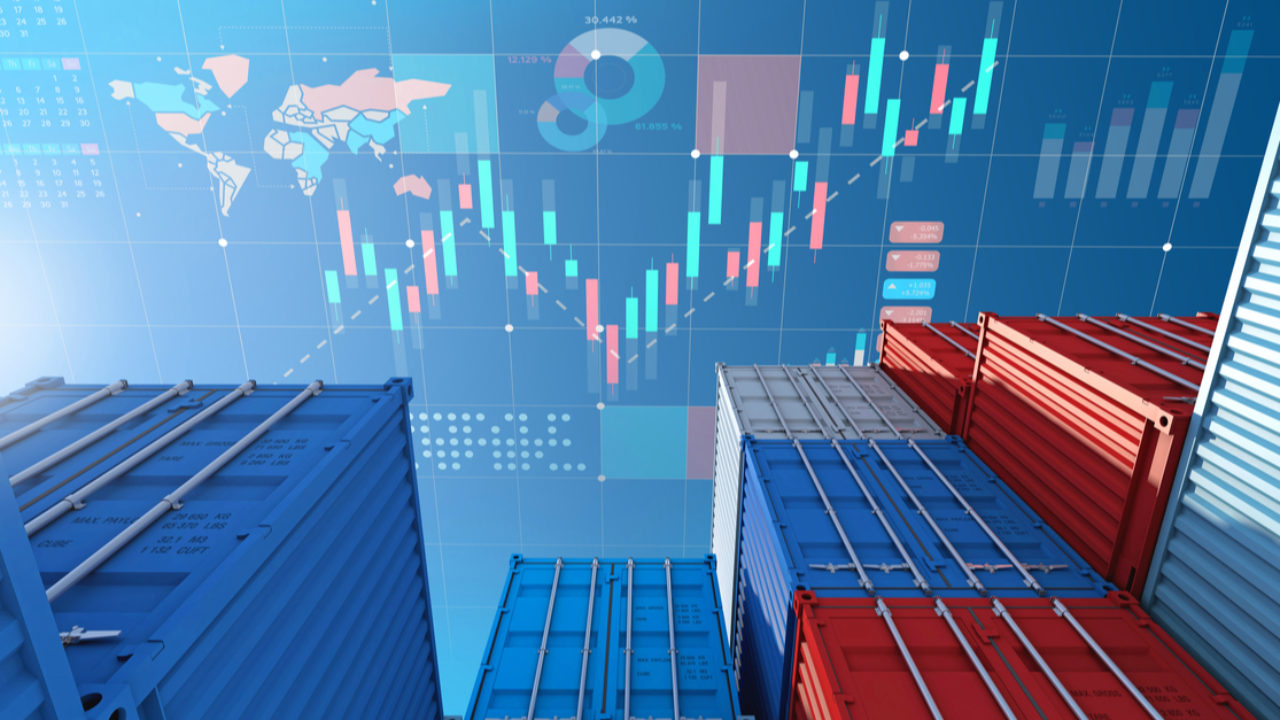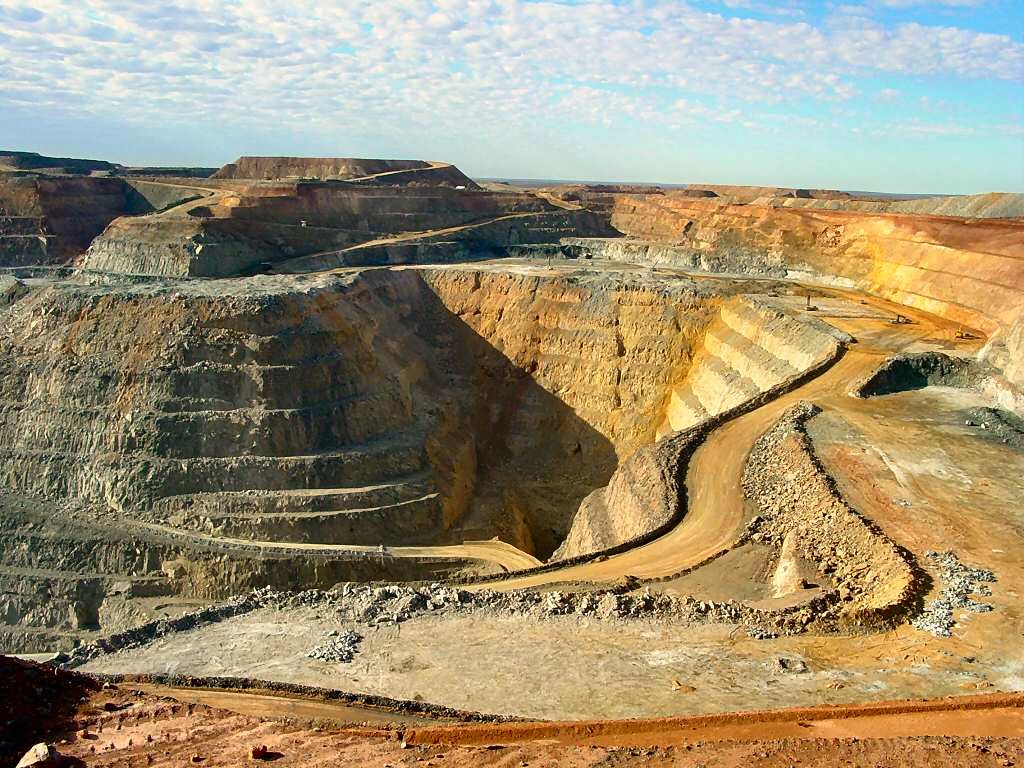In February 2025, the European Union’s industrial production landscape presented a mixed picture, with notable disparities among member states. While some countries experienced significant growth, others faced declines, reflecting the varied economic conditions across the bloc. Explore key insights from the EU Industrial Production Report for February 2025, including sector performance, economic trends, and implications for growth and policy.
Germany: Industrial Report Output Declines Amid Export Surge
Germany, Europe’s largest economy, reported a 1.3% month-over-month decrease in industrial production for February 2025, surpassing analysts’ expectations of a 0.8% decline. This downturn was attributed to ongoing challenges in the manufacturing sector. However, exports rose by 1.8% during the same period, driven by a surge in demand from the United States ahead of anticipated tariffs. Exports to the U.S. increased by 8.5% compared to January, highlighting the impact of trade policy on export dynamics.
Italy: Industrial Production Contracts
Italy’s industrial production decreased by 0.9% in February 2025 compared to the previous month. On an annual basis, the calendar-adjusted industrial production index declined by 2.7% compared to February 2024. The unadjusted industrial production index showed a more significant annual decrease of 6.4%, indicating persistent challenges in the industrial sector.
Ireland: Robust Industrial Growth
Ireland’s industrial sector exhibited strong performance, with manufacturing production increasing by 12.5% between January and February 2025. Over the three months from December 2024 to February 2025, production in manufacturing industries rose by 7.1% compared to the previous three-month period. This growth was primarily driven by the highly globalized Modern sector, which includes the Chemical, Pharmaceutical, and Computer & Electronic sectors.
Sectoral Trends Across the EU
The industrial producer prices in the euro area and the EU increased by 0.2% and 0.3%, respectively, in February 2025 compared to the previous month. On an annual basis, prices rose by 3.0% in the euro area and by 3.1% in the EU. The energy sector experienced a notable annual increase of 7.4% in both regions, reflecting rising energy costs. Intermediate goods and capital goods also saw price increases, indicating broader inflationary pressures within the industrial sector.
Outlook
The EU’s industrial production report landscape in February 2025 underscores the uneven recovery across member states. While countries like Ireland demonstrate robust growth, others, including Germany and Italy, face ongoing challenges. Rising energy costs and inflationary pressures further complicate the industrial outlook. Policymakers must navigate these complexities to foster a more balanced and resilient industrial sector across the European Union.





